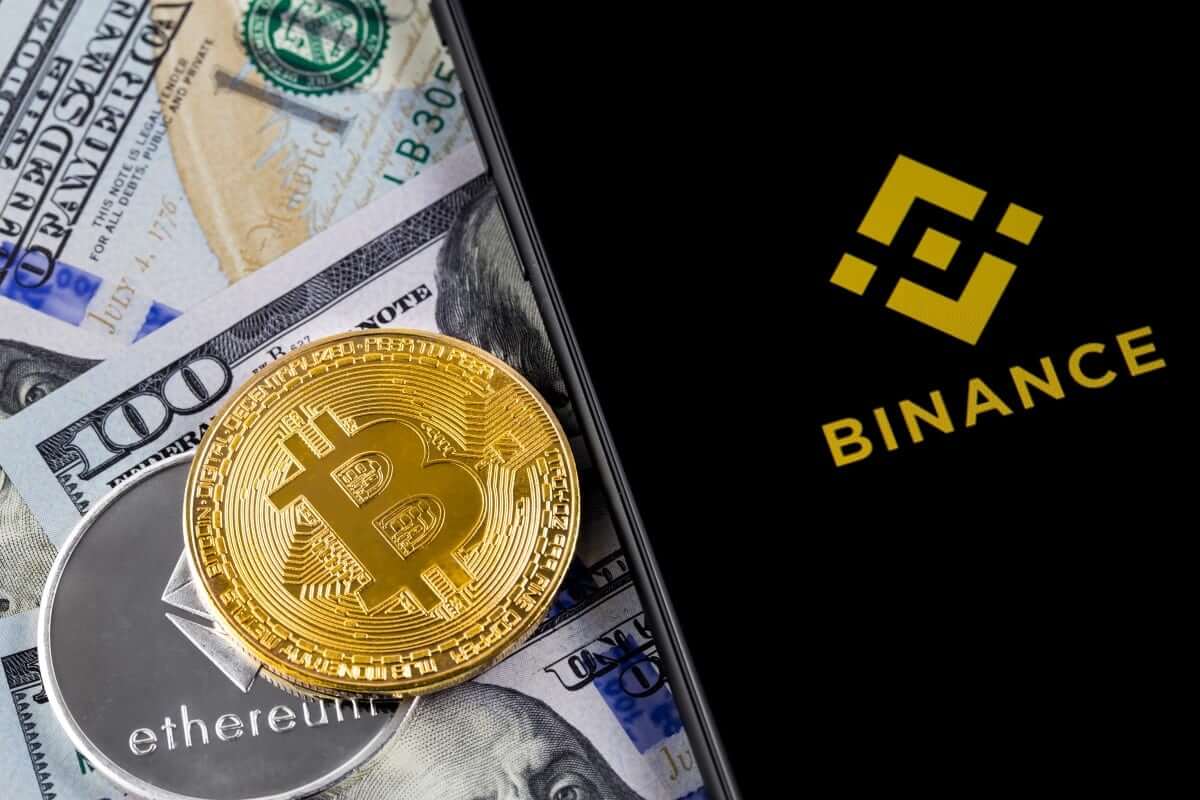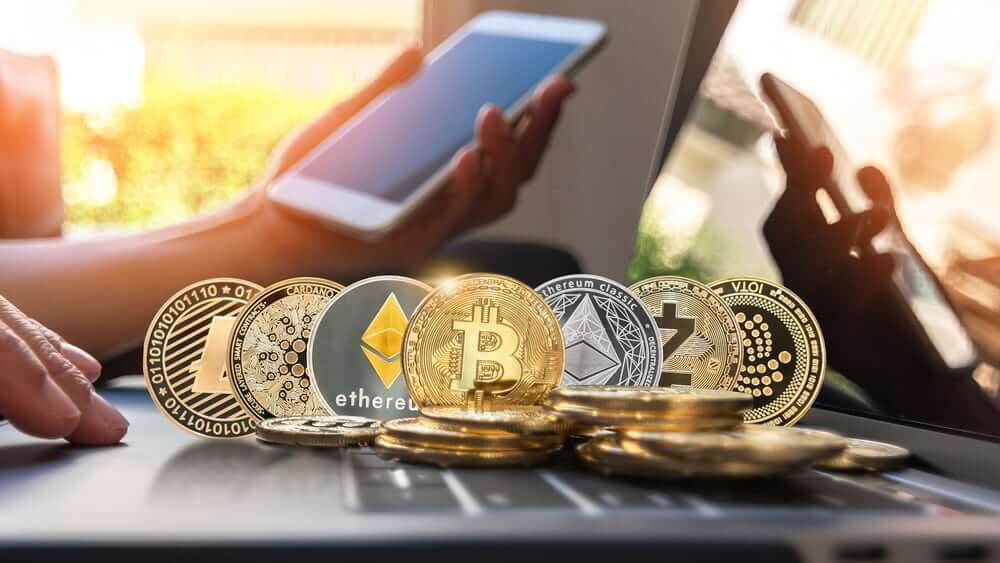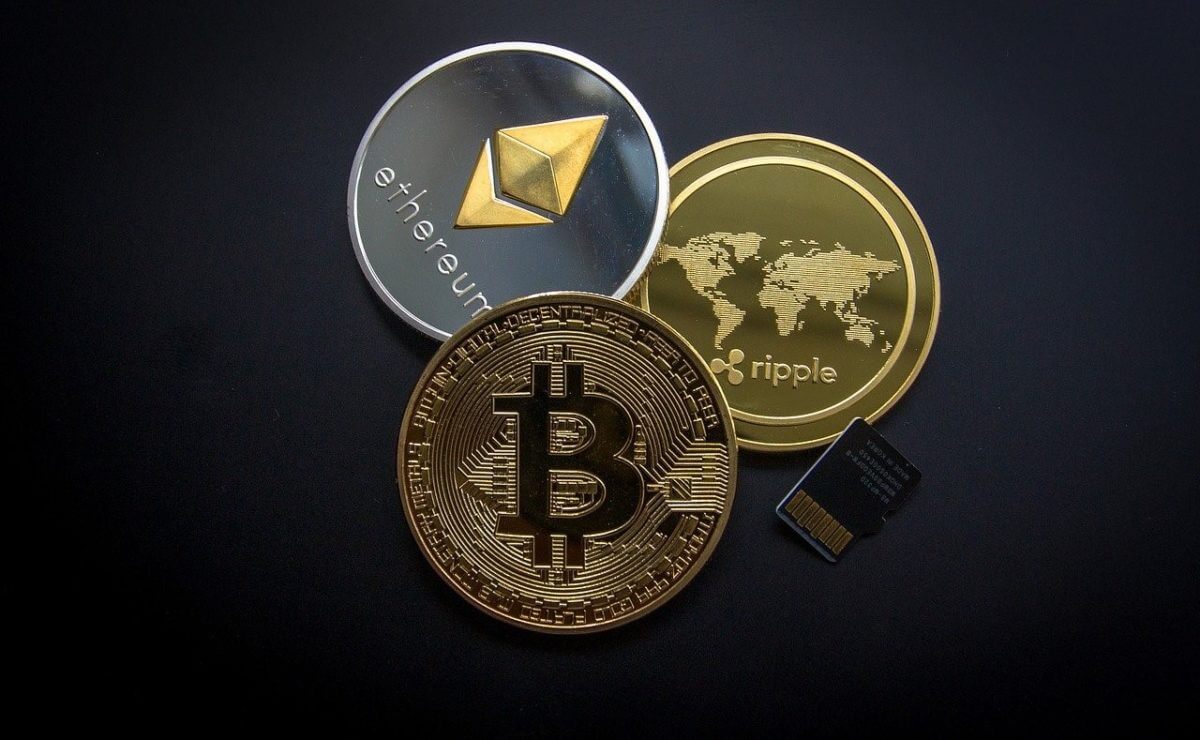
Binance Receives First Gulf Crypto License In Bahrain
On Tuesday, the company and bank announced that Binance, the world’s largest cryptocurrency exchange, has received a crypto-asset service provider license from the Central Bank of Bahrain, the first of its kind from the Gulf Cooperation Council (GCC).
In a joint statement with Bahraini authorities, Binance CEO Changpeng Zhao said the Bahraini license is a milestone in its comprehensive licensing and global regulation.
Regulatory requirements will protect users through strict anti-money laundering and anti-terrorist financing policies.
Financial regulators worldwide have targeted Binance. Some countries ban the platform from certain activities. Meanwhile, others warn consumers that it doesn’t own a license to operate in their jurisdictions.
The statement said that the license allows for crypto-asset trading, custody services, and portfolio management.
Binance is also expanding its presence in the UAE’s Gulf neighbor.
In December, it said it was working with the Dubai World Trade Centre (DWTC) to help build an international virtual asset ecosystem and help shape virtual asset regulations.
One of the seven emirates that make up the UAE, Dubai, passed its first virtual asset law last week. Dubai has even created a regulator to oversee the industry.

Investors Turn To Crypto Funds And Companies As Russia-Ukraine Crisis Escalates
Global investors are taking stakes in cryptocurrency funds and companies as they seek to invest in an industry that many believe can withstand the Russia-Ukraine conflict’s fallout.
Venture capital (VC) buyers invested around $4 billion in the crypto space in the last three weeks of February. Data show that venture capital invested another $400 million in industry startups the previous week.
Venture capital was in line with broad weekly inflows. Weekly investments in the industry have averaged between $800 million and about $2 billion since the start of the year.
New crypto funds have also raised nearly $3 billion in the past two weeks as of Friday. This is the highest level this year.
The conflict in Ukraine has armed investors in the financial and digital economy and has accelerated blockchain adoption. They said it would take as much as $200 million to invest in his fund.
U.S. investors pulled a net $7.8 billion from bond funds in the week ended March 9, market data showed.
Real estate mutual funds posted a net outflow of $707 million over the same period after a net outflow of $1.15 billion last week.
During the crisis, crypto assets have outperformed traditional risk assets such as stocks. Bitcoin is up 12.2% over the past month, while ethereum is up 8.8%. Since bottoming out on February 24 when Russia invaded Ukraine, the digital currency has gained 14.5% and 13.5%, respectively, while the S&P 500 (.SPX) has gained only 3.2%.
Europe Rejects Proposal To Restrict Pow Crypto Like Bitcoin, But Sets Draft Rules For Sustainability
The European Union has rejected a proposed rule that could ban entire blocks of the cryptocurrency bitcoin but has drawn up new draft rules to protect consumers and encourage more sustainable mining.
The European Parliament’s Economic and Monetary Affairs Committee voted on Monday on the proposed Markets in Crypto Assets (MiCA) framework, EU legislation to regulate digital assets.
Last-minute additions to the bill were made over the weekend to restrict the use of cryptocurrencies powered by an energy-intensive process called proof-of-work (PoW). But it was rejected by a parliamentary committee on Monday.
Cryptoassets are not issued or guaranteed by any central bank or public body. Therefore, EU legislation does not currently cover them. The European Parliament believes this could pose consumer protection and financial stability risks. It might also lead to market manipulation and financial crime.
Several studies have shown widespread concerns about the sustainability of cryptocurrencies, with Bitcoin’s energy consumption equivalent to that of an entire small country.
MEPs voted for a unified legal framework for crypto assets in the EU. These include consumer protection measures and measures to combat market manipulation and financial crime.
To reduce the carbon footprint of cryptocurrencies, MEPs have called on the European Commission to include the mining of crypto assets in the EU taxonomy, a classification system, by 2025 to promote sustainable activities.
The draft rules of procedure had 31 votes in favor, four against, and 23 abstentions. Formal negotiations on the draft framework continue between the European Commission, Council, and Parliament.

Bitcoin Has 3 Strikes, But Investors Remain Calm Despite Price Drop
Investors have grown confident in increasing their altcoin positions after Bitcoin was rejected for the third day in a row. The road to $50,000 appears to be more challenging than previously anticipated for the leading cryptocurrency.
As we discussed above, on March 14, the European Union rejected a proposed rule that could ban the energy-intensive proof-of-work (PoW) mining algorithm used by Bitcoin and other cryptocurrencies. Some MEPs have pushed for a ban on PoW mining for energy reasons.
In terms of performance, the total market capitalization of all cryptocurrencies was relatively flat over the past seven days. It was up 0.4% to $1.77 trillion.
However, the apparent lack of performance in the overall market does not mean that a handful of mid-cap altcoins have managed to gain 17% or more in a week.
Bitcoin is up 2.5% over the past seven days, while runner-up ether (ETH) is up 3.6%. However, they are no match for the altcoin rally that is taking place. The biggest winners and losers of the top 80 cryptocurrencies by market cap are here.
THORChain rallied after synthetic token activation on March 10. These derivatives are linked to the value of other underlying collateral assets. THORChain’s version, the project chose to back its synthesizer with 50% of the base asset and 50% of the RUNE.
Privacy tokens ZCash and Monero rallied as U.S. President Joe Biden signed an executive order on March 9 focused on creating a regulatory framework for cryptocurrencies — and its efforts to circumvent the above potential role in sanctions.
Finally, Terra rose after Terraform Labs donated $1.1 billion to the Luna Foundation Guard reserve on March 11. LFG launched in January as part of a broader effort to grow the Terra ecosystem and improve the sustainability of the network’s stablecoins.
-
Support
-
Platform
-
Spread
-
Trading Instrument




